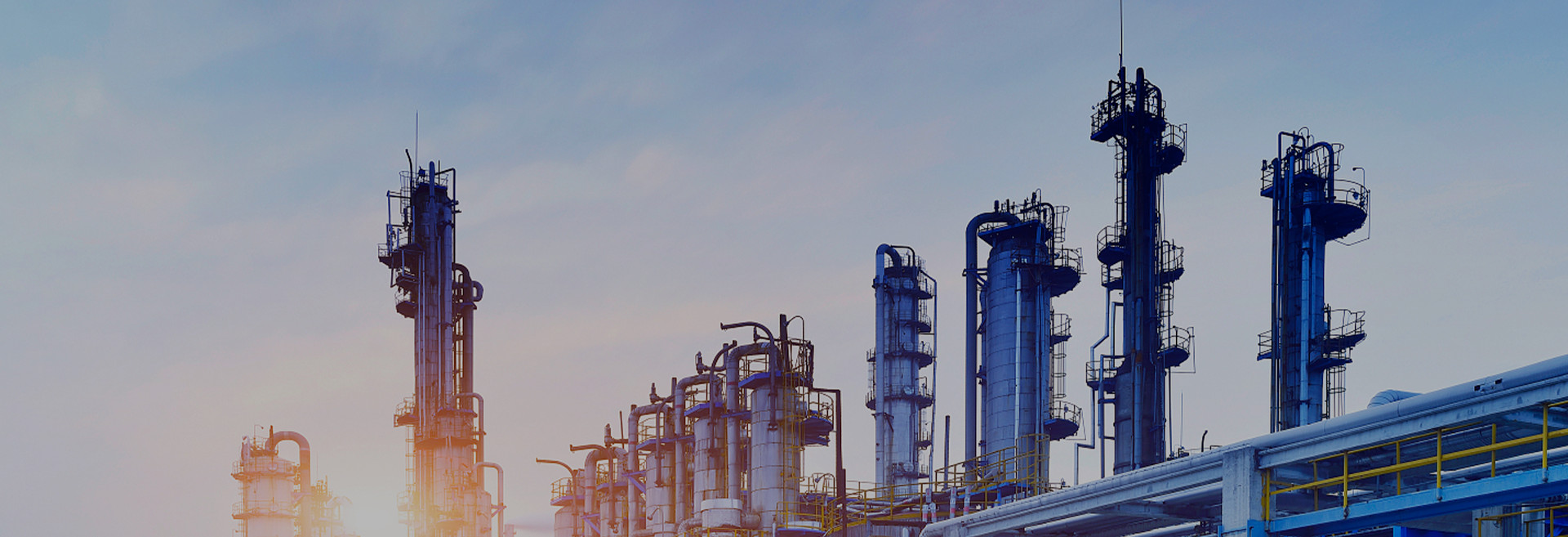First developed in the 1970s, argon fluoride excimer lasers continue to take on expanding roles given their unique 193 nanometer wavelength output. What does the future hold for ArF technology?
-
Next-generation lithography – ArF lasers are expected to enable further miniaturization down to sub-10 nanometer node semiconductor fabrication.
-
Improved pulse control – Advances in pulse modulation and shaping will lead to greater processing precision for delicate materials.
-
Higher average powers – New gas chamber designs will allow higher repetition rates and average beam power.
-
Table-top systems – More compact and affordable ArF laser units will lead to wider adoption beyond specialized facilities.
-
Novel applications – The 193nm wavelength has potential uses in sterilization, fluorescence studies, nanosurgery, and 3D printing.
-
Gas recycling – Closed-loop recovery and cleaning of ArF gas mixtures will make operation more economical and eco-friendly.
Even after over 40 years of development, the innovative excimer laser medium of argon fluoride continues providing a deep ultraviolet light source enabling the production of ever-smaller and more powerful microelectronics into the foreseeable future.
Post time: Sep-14-2023

